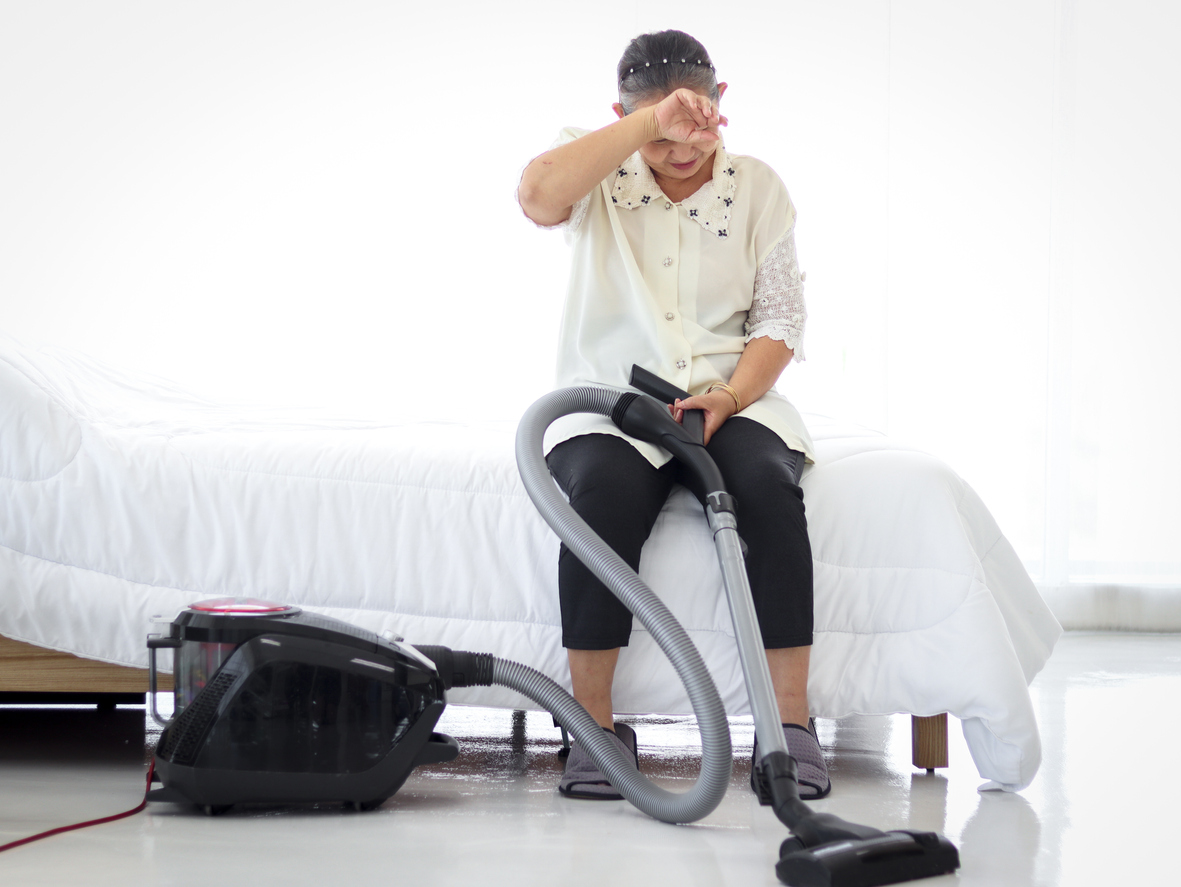Wellness
Core Strength and Back Pain

The core of the body includes the abdominal muscles, obliques, the muscles in the back, and the muscles of the pelvic floor. If these muscles weaken, the body often relies on ligaments, spinal bones and discs for balance and stability. This can lead to chronic back or neck pain, which can interfere with daily activities. Core strengthening is beneficial in maintaining proper posture and correct spinal alignment; however, a weak core can worsen existing chronic back and neck pain.
Benefits of core strength
Core strengthening activities help the spine to balance weight, support mobility, and prevent or reduce chronic back and neck pain. Additional benefits of core strengthening include, but are not limited to, the following:
- Improved balance
- No equipment or gym membership
- Toned abs
- Increased endurance
- Less fatigue
- Reached fitness goals
Techniques to reduce back pain
Though general physical activity has shown to reduce certain types of pain, concentrating on the core may be more beneficial for back pain. Techniques that can help with back include, but are not limited to, the following:
- Stretch a few minutes each day, especially if working at a desk.
- Lose weight, since extra pounds place a strain on the back.
- Get enough sleep. Eight hours is recommended.
- Lift with the legs and not the back.
Risks
If core strengthening is not performed properly, there is a risk of increasing or causing pain. When twisting, pain may occur in the lower back. If pain is present immediately following physical activities or pain is experienced the same day, it may be best to slow down or rest. A health care professional should be consulted if pain duration exceeds a few weeks or if the present pain is worsening. Other signs that indicate a need for medical attention include pain that awakens an individual from sleep, pain in the low back that radiates down one or both legs, or if one leg becomes weaker than the other.


















